What Is the Biggest SUV in the World? Top 10 Largest Cars Ranked
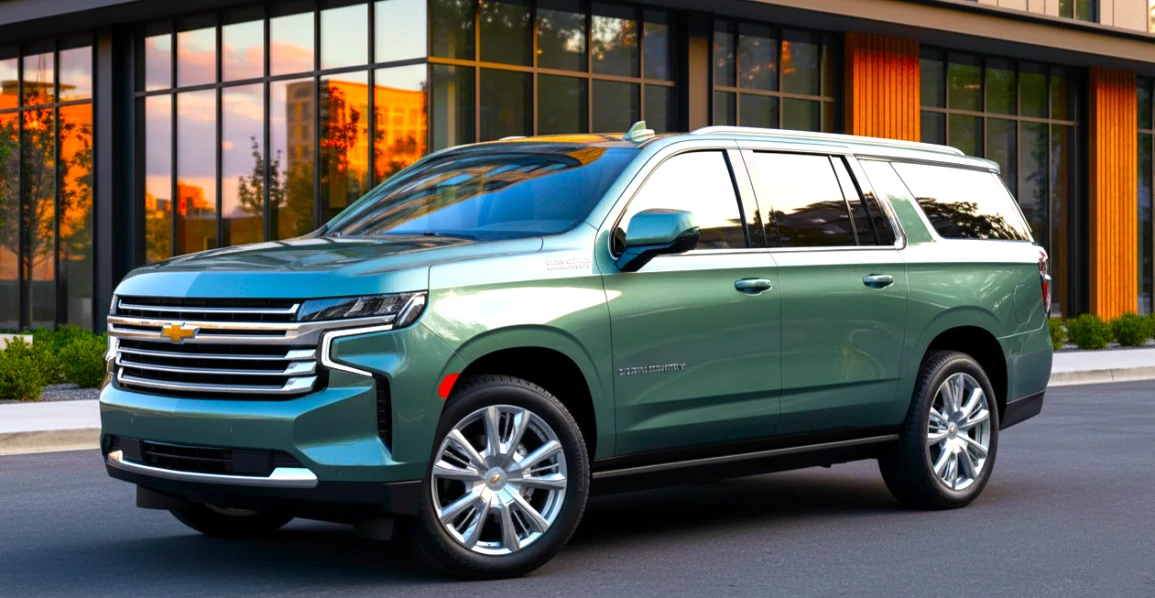
Today, as modern cars become more compact and standardized, large vehicles remain a bastion of substance and comfort. For a large family setting out on a journey, for a driver towing a boat to the coast, or simply for someone who values the feeling of complete control over the road, size 100% matters.
The biggest car offers a completely different level of comfort, a different perception of the road, and the highest level of passive safety. But with advantages come compromises: high fuel consumption, difficulties with parking on the narrow streets of European cities, and a higher cost of ownership.
Now, let's figure out together what distinguishes a true large SUV from a crossover, present the top 10 biggest suv in the world, and understand if this car format fits your lifestyle.
What is a "Large Car" and "SUV"
To answer the question of what is the biggest suv and what it represents, we first need to define the terms. A true large SUV differs from an urban crossover not only in size but also in construction. It is most often based on a powerful frame, like a pickup truck, rather than a unibody. This gives it greater strength, endurance, and the ability to tow heavy trailers.
The classification of large SUVs is usually based on their length.
- Mid–Size: Length 4.7–5.0 meters.
- Full–Size: Length 5.0–5.4 meters.
- Extended–Length: Length over 5.5 meters.
Over the past decades, cars have grown noticeably. A modern compact crossover is comparable in size to an SUV from 20 years ago. But the true giants have maintained their proportions, offering uncompromising space.
Advantages of Large Cars and SUVs
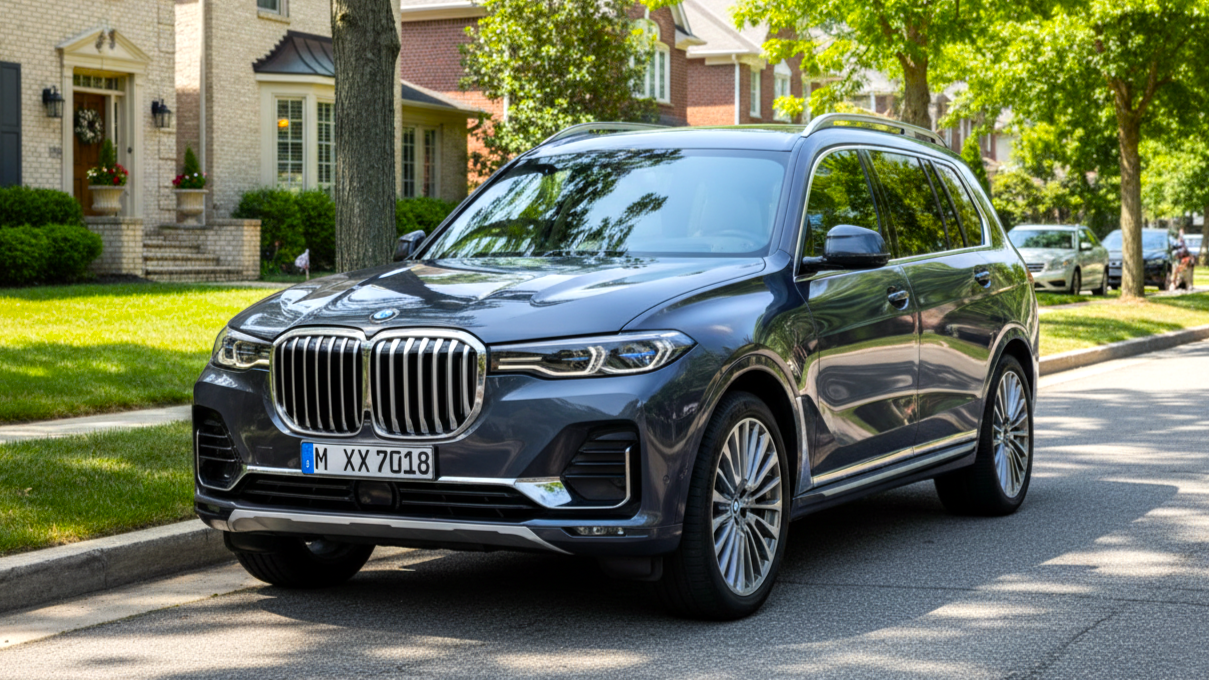
The choice in favor of a large car is dictated by very specific advantages.
- Capacity. Three full rows of seats, where even adults can sit comfortably in the "back row." A huge trunk that can fit everything you need: from baby strollers to camping gear. It's a real home on wheels.
- Safety. The laws of physics are relentless. In a collision with a lighter vehicle, the greater mass and high body provide a better level of protection for passengers.
- Status. A large SUV, especially from a premium brand, is a visual statement. It looks solid, impressive, and emphasizes the status of its owner.
- Capabilities. The ability to tow a trailer weighing 3–4 tons, be it a boat or a caravan, opens up new horizons for travel and active recreation.
Disadvantages of Large Cars and SUVs: The Price of Greatness
You have to pay for impressive size, comfort, and safety, and it's not just about the price at the dealership. Owning a large SUV involves a number of compromises that are worth knowing about in advance.
- Fuel Consumption and Operating Costs. This is the main and most obvious drawback. You can't cheat physics: moving a three–ton machine requires a lot of energy. The real fuel consumption of such giants rarely drops below 12–15 liters per 100 km in the city cycle, and with dynamic driving, it can easily exceed 20 liters. To this are added other expenses: a set of high–quality large–diameter tires can cost 2–3 times more than for a regular sedan. Brake discs and pads wear out faster due to the high mass and also cost more.
- Limited Maneuverability. On the wide avenues of American cities, a large SUV feels like a king. But on the narrow streets of old Nicosia or in tight underground parking lots in Cyprus, it turns into a clumsy elephant. The turning radius of such cars is huge, and finding a suitable parking space can become a daily headache.
- Cost of Insurance and Taxes. Insurance companies take into account the high cost of the vehicle and potentially expensive repairs, so a comprehensive insurance policy for a large SUV will be significantly more expensive. In many countries, including Cyprus, the road tax is tied to engine displacement or CO₂ emissions, which are at their maximum for large cars.
Prefer something more compact? If full-size SUVs feel too bulky, explore our guide to the "Top 10 Smallest Cars in the World: Best Small Cars and Electric Models".
The Biggest Cars and SUVs on the Market
We have compiled a list of the true titans of the automotive world, based on their dimensions and capacity.
Model | Length (mm) | Wheelbase (mm) | Trunk Volume (L) |
Cadillac Escalade ESV | 5,766 | 3,406 | 1175 / 4044 |
Chevrolet Suburban | 5,733 | 3,406 | 1175 / 4097 |
Ford Expedition MAX | 5,636 | 3,343 | 1019 / 3700 |
Jeep Wagoneer L | 5,758 | 3,302 | 1252 / 3707 |
Lincoln Navigator L | 5,636 | 3,343 | 971 / 3404 |
Toyota Sequoia | 5,286 | 3,099 | 631 / 2461 |
BMW X7 | 5,181 | 3,105 | 300 / 2120 |
Mercedes–Benz GLS | 5,207 | 3,135 | 355 / 2400 |
Land Rover Defender 130 | 5,358 | 3,022 | 389 / 2291 |
Rolls–Royce Cullinan | 5,341 | 3,295 | 560 / 1930 |
Cadillac Escalade ESV / Chevrolet Suburban
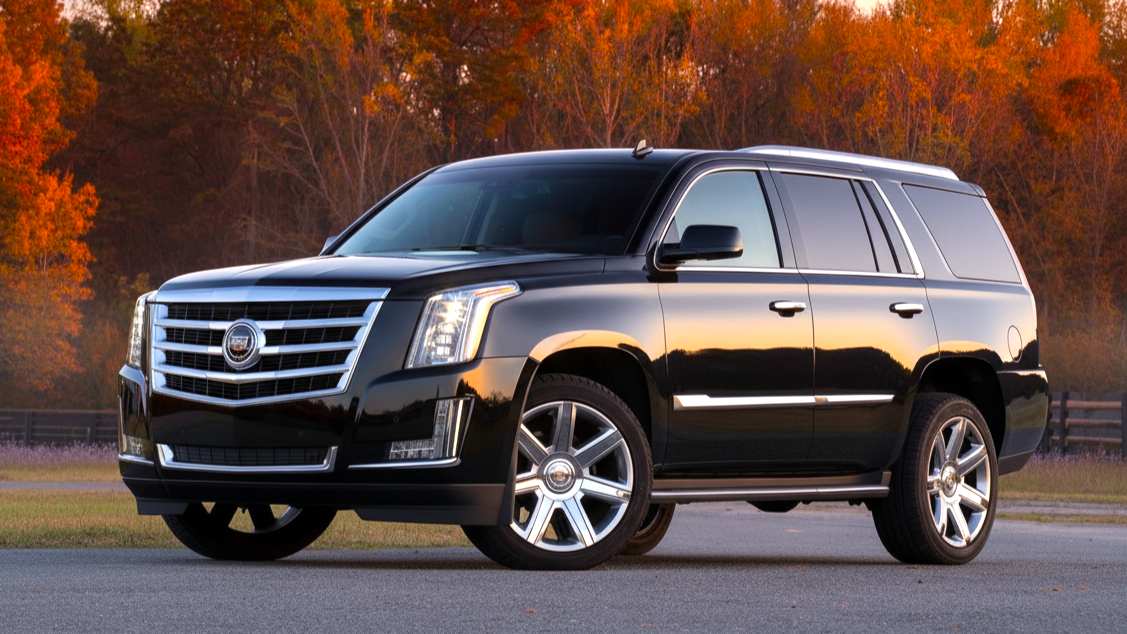
Two twin brothers on the same platform from General Motors. These are the kings of American roads. Incredible space in all three rows and a trunk that remains huge even with 7 passengers.
Ford Expedition MAX / Lincoln Navigator L
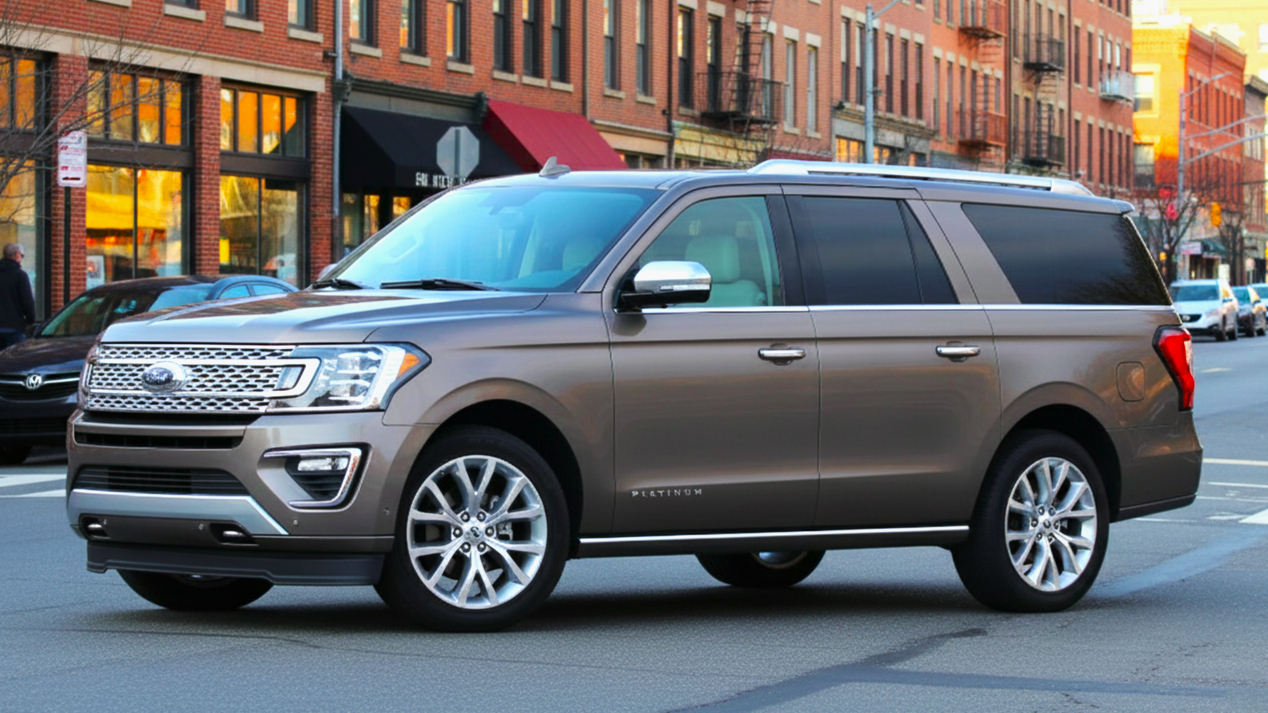
The main competitors from Ford. They offer a slightly smaller cabin but compensate with modern V6 EcoBoost turbo engines and a more technologically advanced interior (especially in the Lincoln version).
Jeep Wagoneer L
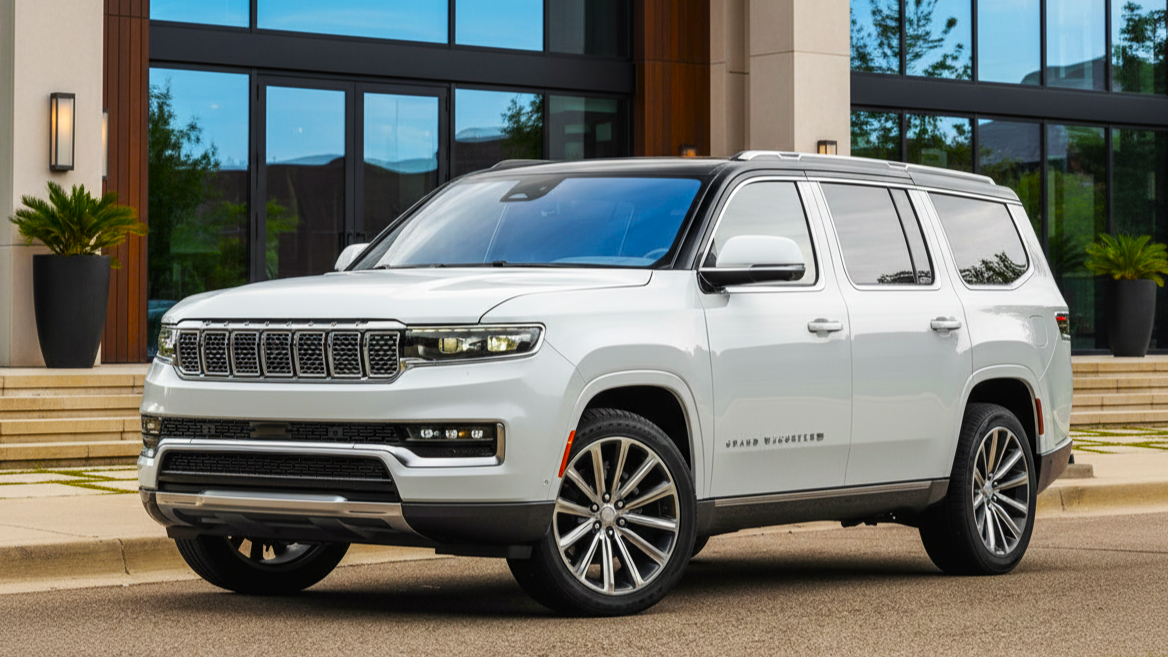
The revival of a legendary name. The Wagoneer L challenges the segment leaders by offering a record–breaking trunk volume and a luxurious cabin with multiple screens.
Toyota Sequoia
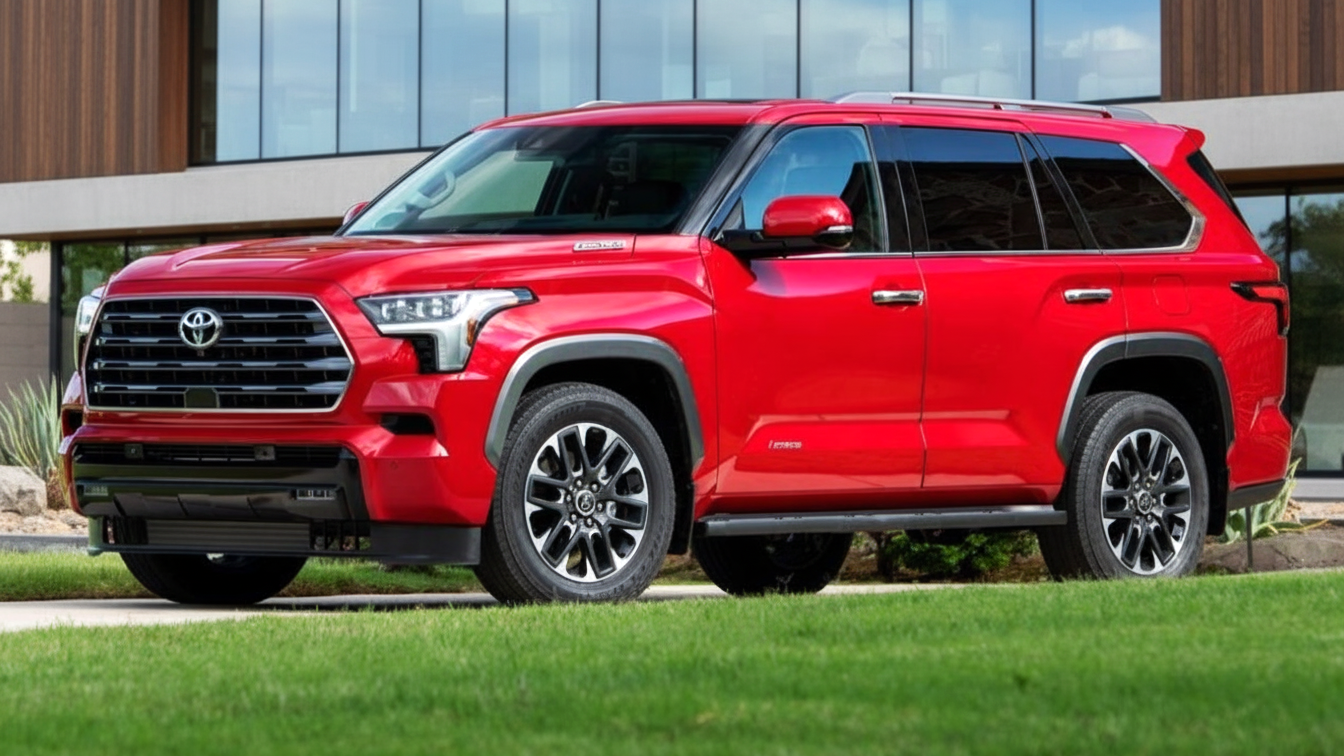
The Japanese take on the full–size SUV. Its main advantage is the exclusive i–FORCE MAX hybrid powertrain, which provides impressive torque and moderate fuel consumption for its size.
BMW X7 / Mercedes–Benz GLS
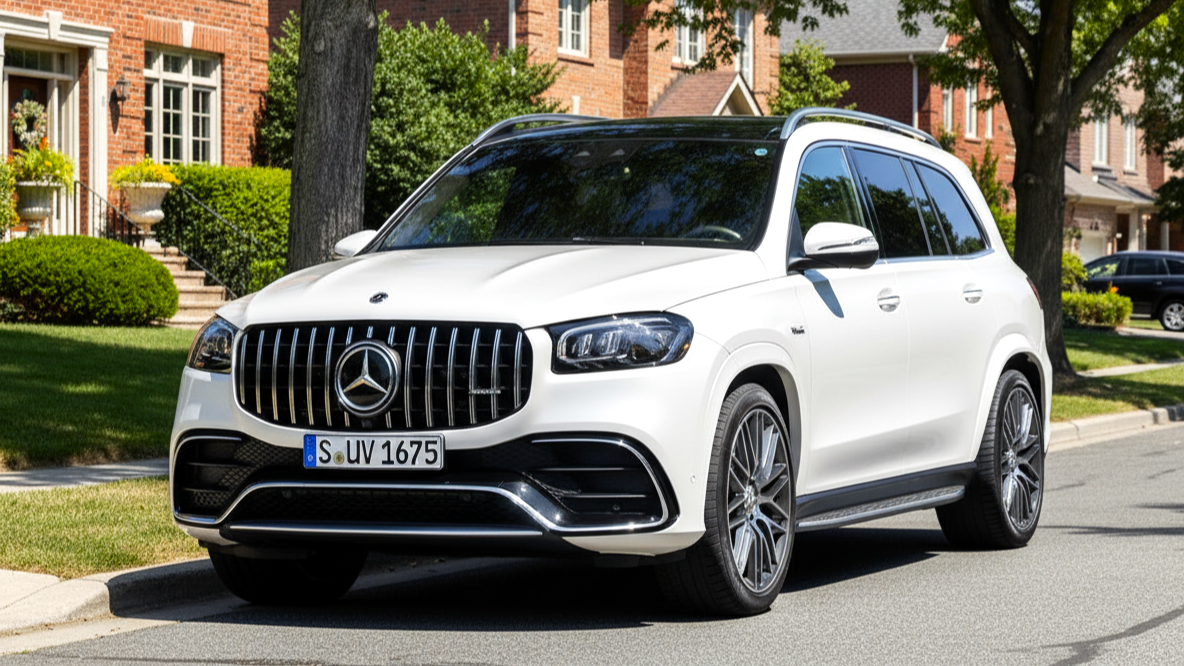
European premium. They are slightly more compact than the "Americans" but offer an incomparably higher level of luxury, technology, and quality of materials in the cabin, as well as benchmark handling for their class.
Land Rover Defender 130
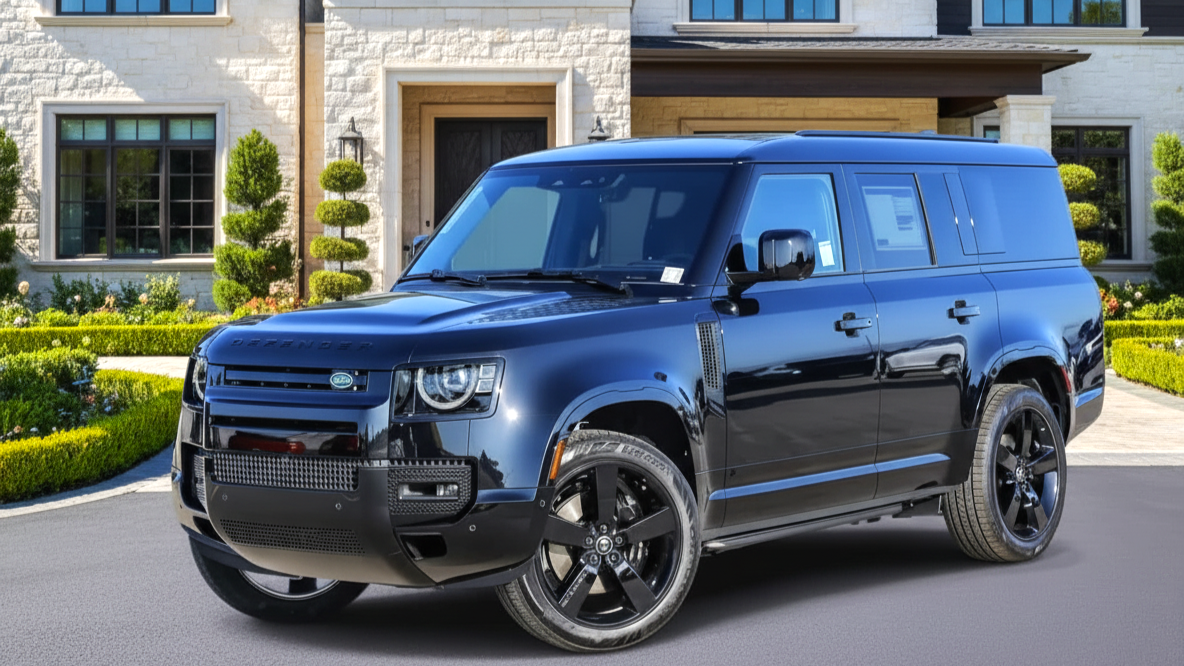
A unique proposition. This is a true off–roader with legendary capability but in an extended eight–seater body. Ideal for expeditions with a large group.
Rolls–Royce Cullinan
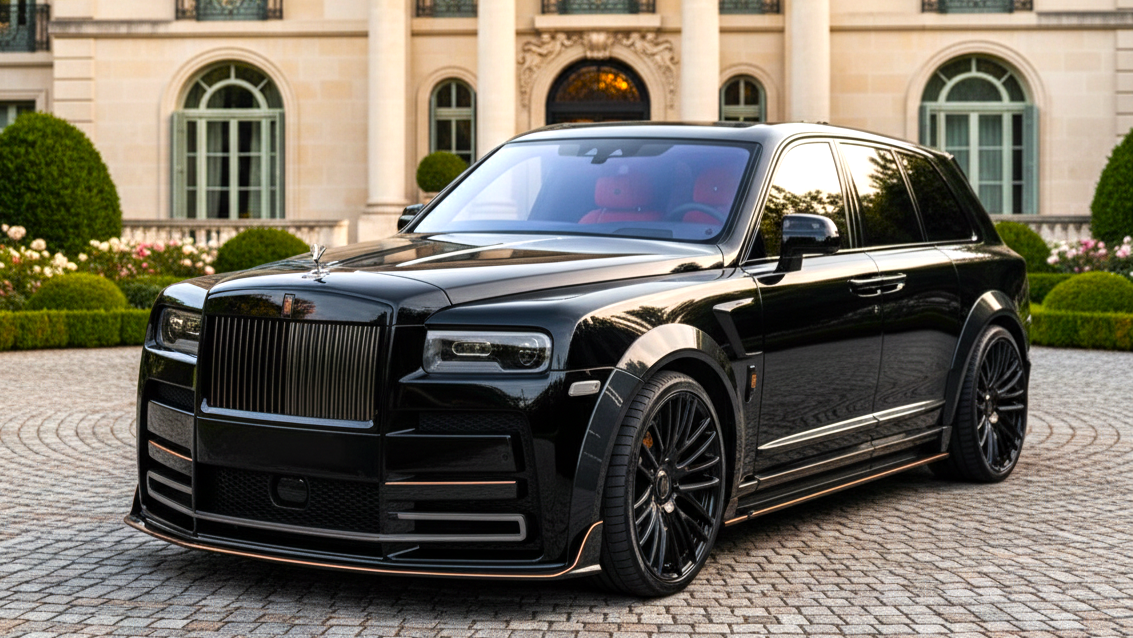
The absolute pinnacle. The biggest car in the ultra–luxury segment. It combines the capability of an SUV with the comfort and luxury worthy of royalty.
Who Are Large Cars and SUVs For?
Such a vehicle will be a perfect fit for you if:
- Your family consists of 5 or more people. You need to regularly transport children, their friends, and a lot of things.
- You love to travel by car. Comfort on long trips and the ability to take everything you need are key priorities.
- You have a hobby that requires transporting cargo or towing. A boat, an ATV, a caravan – a large SUV can handle any task.
- You value a sense of security and a commanding position on the road.
How to Choose a Large Car or SUV
First, define your goals. Do you need a car for the city or for the highway? Do you plan to go off–road? How often will you use the third row? Be sure to conduct a real capacity test. Come to the showroom with the whole family. Try to install child seats, have adults sit in the third row. Assess how easy it is to get in and out.
Don't believe the fuel consumption figures. The manufacturer's claimed fuel consumption for such machines is almost always unattainable in real life. Rely on owner reviews and add at least 20–30% to the official data. Don't forget to check the parking. Before buying, try to park a test car in your usual parking spot at home or at the office. Make sure it fits there.
The Future of Large Cars
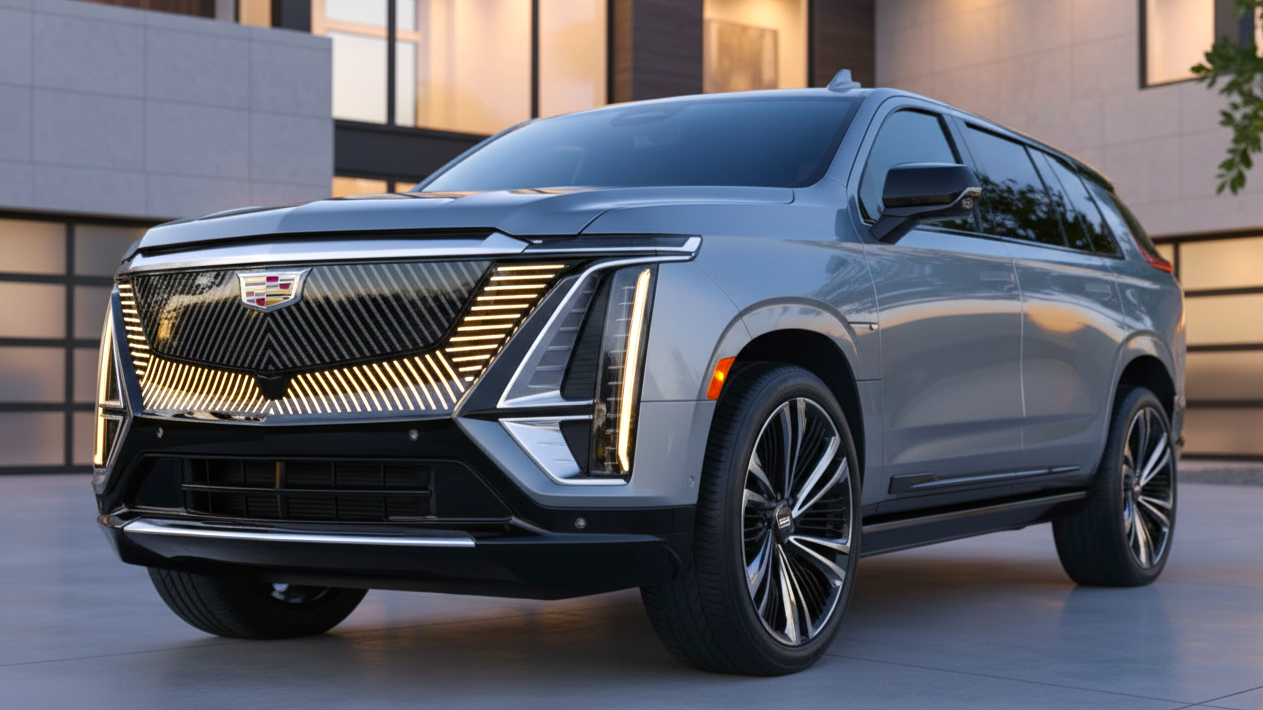
The era of mighty gasoline engines is fading into the past, giving way to new technologies and a conscious approach to sustainability. Even the world’s largest automakers are moving away from multi-liter V8s, focusing instead on hybrid and fully electric powertrains. The large SUVs of the future are not just powerful vehicles — they are intelligent mobility systems that combine comfort, performance, and environmental awareness.
Next-generation models such as the Cadillac Escalade IQ, Jeep Wagoneer S, and Range Rover Electric prove that impressive size can now go hand in hand with zero emissions. Electric motors deliver instant torque and smooth acceleration, while high-capacity batteries provide a solid driving range. At the same time, engineers are preserving what has always made large SUVs special — generous space, prestige, and a commanding sense of confidence on the road.
A special focus is placed on autonomous driving technologies. Advanced autopilot systems make driving safer and more relaxing, transforming the cabin into a mobile office or lounge zone. Passengers will be able to work, rest, or watch movies while the car takes care of navigation and traffic.
In this way, large vehicles aren’t disappearing — they’re evolving. The new era of SUVs represents a blend of power, technology, and environmental responsibility — where luxury and sustainability finally move forward side by side.
Conclusion
A large car or SUV is a choice in favor of uncompromised comfort, maximum safety, and absolute freedom of movement. Today, the market offers many worthy models, from utilitarian American giants to luxurious European and reliable Japanese ones.
The choice ultimately depends on your needs and budget. Answering the question of what is the biggest suv, we see leaders in terms of dimensions in the Cadillac Escalade ESV and Jeep Wagoneer L. But the top 10 biggest suv in the world shows that each giant has its own unique character. Explore our catalog, compare models, and choose the one that will become your reliable partner for big family adventures.


